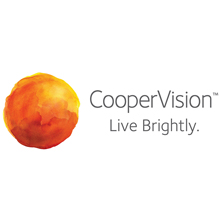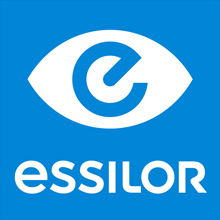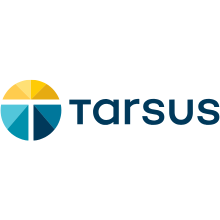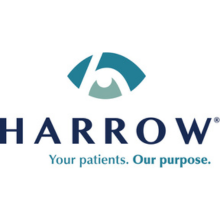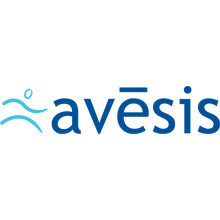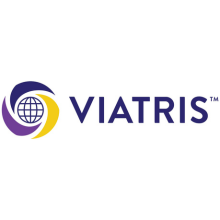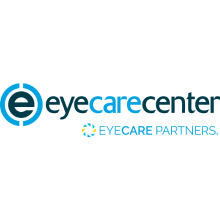Comprehensive Eye and Vision Exam
Regular eye and vision examinations are an important part of preventive health care. Many eye and vision problems have no obvious signs or symptoms. As a result, individuals are often unaware that problems exist. Early diagnosis and treatment of eye and vision problems are important for maintaining good vision and eye health, and when possible, preventing vision loss.
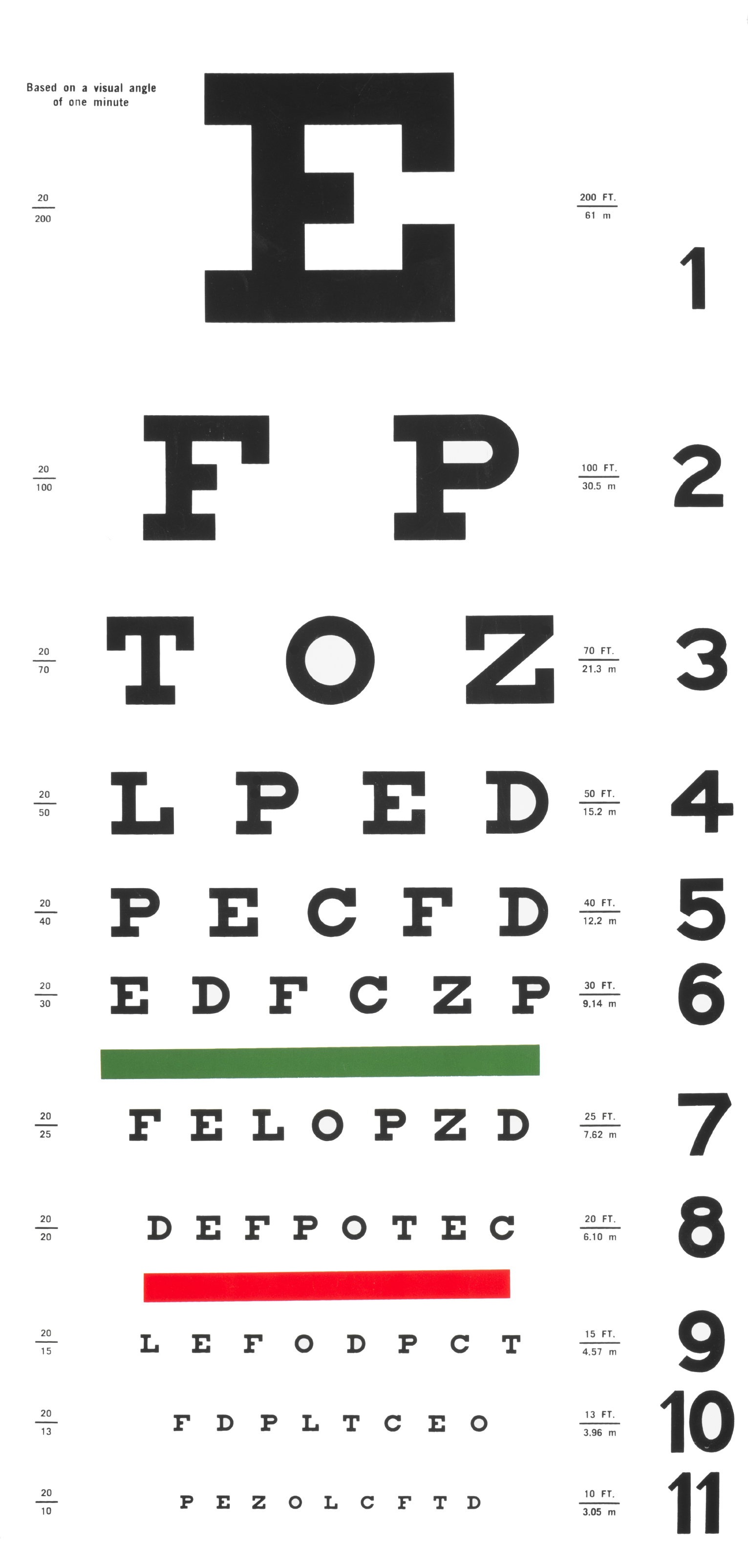 A comprehensive adult eye and vision examination includes: A comprehensive adult eye and vision examination includes:
- Patient and family health history
- Visual acuity measurement
- Preliminary tests of visual function and eye health including depth perception, color vision, peripheral vision and response of the pupils to light
- Assessment of refractive status to determine the presence of nearsightedness, farsightedness or astigmatism
- Evaluation of eye focusing, eye teaming and eye movement abilities
- Eye health examination
- Additional tests as needed
Frequency of eye and vision exams:
The American Optometric Association and North Carolina Optometric Society recommend the following frequency of eye and vision examinations by age.
|
Patient Age
|
Examination Interval
|
| |
Asymptomatic/Low-Risk
|
At Risk
|
|
Birth to 2 years
|
At 6 to 12 months of age
|
At 6 to 12 months of age or as recommended
|
|
3 through 5 years
|
At least once between 3 and 5 years of age
|
At least once between 3 and 5 years of age or as recommended
|
|
6 through 17 years
|
Before first grade and annually thereafter
|
Before first grade and annually, or as recommended thereafter
|
|
18 through 39 years
|
At least every two years
|
At least annually, or as recommended
|
|
40 through 64 years
|
At lease every two years
|
At least annually, or as recommended
|
|
65 and older
|
Annually
|
At least annually, or as recommended
|
*Your eye examination schedule may vary based on a multitude of factors that your optometrist will consider and discuss with you.
Schedule your comprehensive eye and vision exam today with a NCOS-member optometrist.
|

 A comprehensive adult eye and vision examination includes:
A comprehensive adult eye and vision examination includes:
